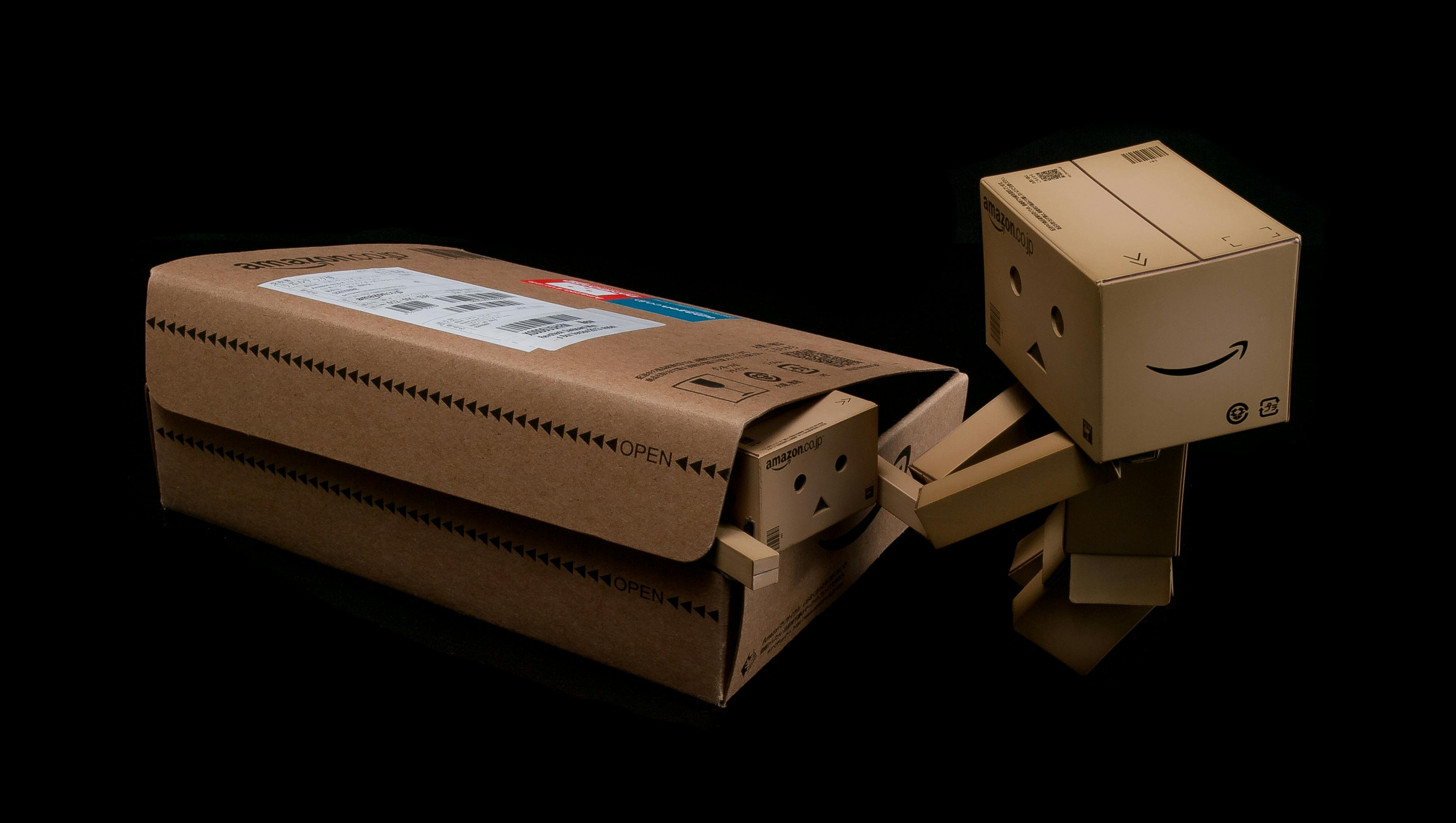Soft Robotics And The Art Of Packing Bento Boxes

The meticulous art of packing bento boxes, a practice deeply rooted in Japanese culinary tradition, is being transformed by the advent of soft robotics. These technological advancements have enabled robots to handle and arrange food items with the precision and delicacy that were once the exclusive domain of skilled human hands.
Soft robotics employs flexible, adaptive materials that allow robots to grip and manipulate delicate objects without causing damage. This capability is particularly valuable in packing bento boxes, where the arrangement and presentation of food are as important as the taste. Sushi, rice, vegetables, and other components must be placed carefully to maintain their integrity and visual appeal.
Equipped with advanced sensors and AI algorithms, these robots can identify different types of food and determine the best way to handle and pack them. For example, they can adjust their grip strength to pick up a piece of sushi gently, ensuring it remains intact and aesthetically pleasing when placed in the bento box. This precision ensures that each bento box meets the high standards of quality and presentation that consumers expect.
The use of soft robotics in bento box packing offers numerous advantages. Automation of this process significantly increases efficiency, allowing for higher production rates without sacrificing quality. Additionally, robots can work in sterile environments, reducing the risk of contamination and enhancing food safety. This is particularly important in the food industry, where hygiene is paramount.
Consistency is another critical benefit of robotic packing. Soft robots can ensure that each bento box is packed with the same care and attention to detail, providing uniform portion sizes and presentation. This consistency is essential for customer satisfaction and for managing costs effectively.
Moreover, the adaptability of soft robotics allows for customization in meal packing. Robots can be programmed to pack different types of bento boxes, catering to various dietary preferences and restrictions. This flexibility is crucial in today’s market, where consumers demand personalized and diverse food options.
In summary, the integration of soft robotics in the packing of bento boxes represents a significant advancement in the food industry. By combining technology with the art of food preparation, these robots are setting new standards for efficiency, hygiene, and quality. As the technology continues to evolve, we can expect even greater innovations in the way our meals are prepared and presented.
Author: Brett Hurll
From Chip War To Cloud War: The Next Frontier In Global Tech Competition
The global chip war, characterized by intense competition among nations and corporations for supremacy in semiconductor ... Read more
The High Stakes Of Tech Regulation: Security Risks And Market Dynamics
The influence of tech giants in the global economy continues to grow, raising crucial questions about how to balance sec... Read more
The Tyranny Of Instagram Interiors: Why It's Time To Break Free From Algorithm-Driven Aesthetics
Instagram has become a dominant force in shaping interior design trends, offering a seemingly endless stream of inspirat... Read more
The Data Crunch In AI: Strategies For Sustainability
Exploring solutions to the imminent exhaustion of internet data for AI training.As the artificial intelligence (AI) indu... Read more
Google Abandons Four-Year Effort To Remove Cookies From Chrome Browser
After four years of dedicated effort, Google has decided to abandon its plan to remove third-party cookies from its Chro... Read more
LinkedIn Embraces AI And Gamification To Drive User Engagement And Revenue
In an effort to tackle slowing revenue growth and enhance user engagement, LinkedIn is turning to artificial intelligenc... Read more

